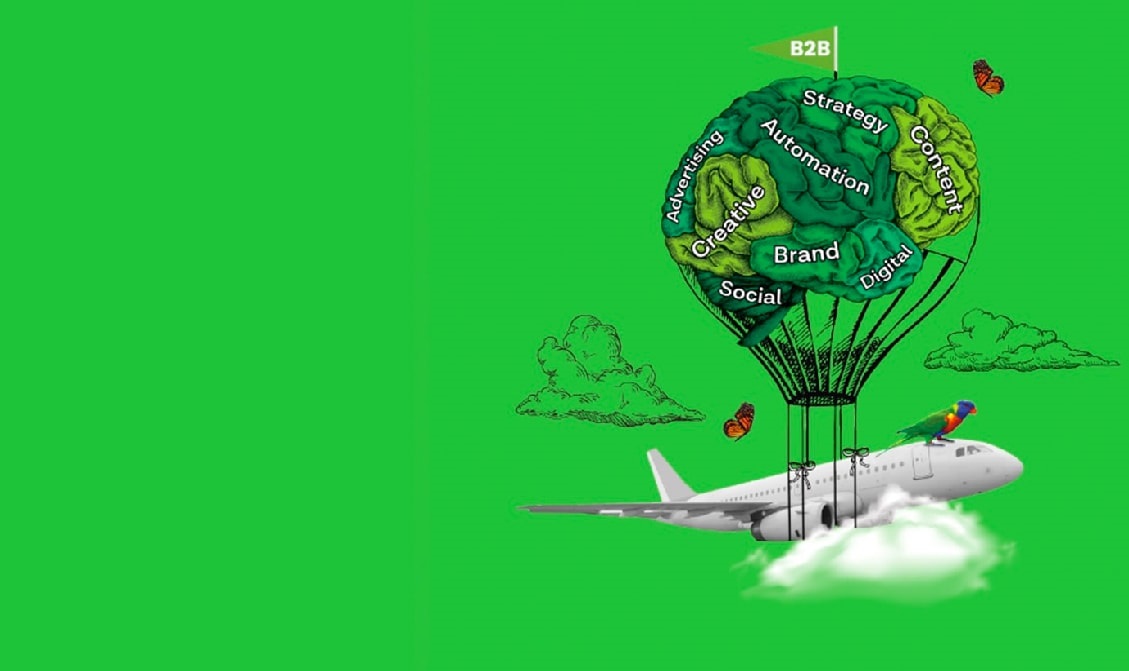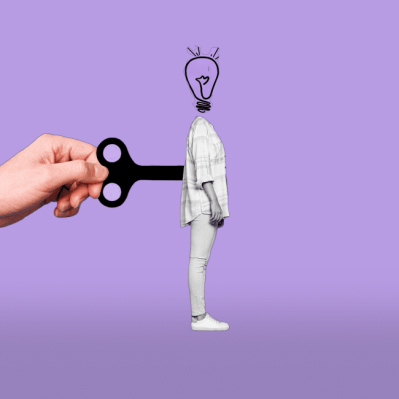The population is bombarded by a barrage of marketing communications every day. There has been a content explosion in recent decades with the internet, social media and mobile devices playing major roles in what could be referred to as the age of content overload. This cluttered landscape has caused attention spans to lower to the point where content needs to be highly relevant to cut through and drive engagement.
Personalisation is the key for marketing teams to be able to engage with their target audiences and improve the overall customer experience. After all, B2B buyers are humans too, and brands need to connect emotionally as well as functionally.
Today, the amount of intimate customer information that is available to marketers presents opportunities to reach large amounts of people on an individual and emotional level. By using what we know about our audience, we can create rich, meaningful experiences that engage them with the best possible content in the most attractive way at the right time.
The role of the website
There are several touchpoints along the B2B customer buying journey that can be personalised, but perhaps the most important is visiting a company’s website.
The typical B2B customer journey is complex. People enjoy doing their own online research to gather unbiased information before purchase, and will now avoid engaging with a salesperson for as long as possible right up until it’s time to buy. The website acts as both a magazine and a storefront in the virtual space where perspectives of your brand and offering are formed. This builds a case for the company website acting as the most significant touchpoint, especially during the ‘Interest’ stage of the buyers’ journey.
The website plays a pivotal role in helping a potential prospect understand whether a business offers value to them and whether it will be considered during purchase. If the experience is not relevant, 50% of potential customers will cross to a competitor.
How do we make the website experience relevant?
So, we have just covered the importance of personalisation and the role of the website. Enter website personalisation, where a website visitor’s individual attributes are identified and used to present them with a tailored experience. With this technology, we can create a scenario where person A might visit your homepage and see a completely different webpage to person B, due to the data that had been collected and used to personalise each of their experiences.
In a world where it takes someone around 10 seconds to establish relevance, there is tremendous importance in ensuring that the landing page someone arrives on is targeted and relevant to prevent them from crossing to competitors. In fact, according to Marketo data, visitors presented with personalised content convert five times more than the average visitor.
There is a range of data points that can be utilised to deliver relevant content to site visitors, with the most prominent categorisation forming between anonymous and known site visitors. Some key data points that can be used are:
Online behaviour (Anonymous or Known):
- New/Return visitor, visiting pages on the site, dwell time on site, downloading gated content
Firmographics (Anonymous or Known):
- Company name, company size, industry, location
Lead Profile (Known):
- Lead score, lead stage, buying intent, interest categories
What are we achieving?
The overarching goal of most marketing objectives will be to drive conversions and increase velocity through the sales and marketing funnel. Leveraging the vast amounts of data that is available at our fingertips to personalise the website experience can help us achieve these goals by improving performance in the following key areas:
- Converting anonymous leads to known contacts
On average, 98% of website traffic is anonymous. With the ability to use anonymous firmographic data to customise the experience for anonymous visitors, the reach of your targeted content becomes far more expansive.
Example use-case: Use the location of an anonymous visitor to advertise for an upcoming event in the local city of the visitor as they land on the home page.
- Accelerating the nurturing process
Leads can tend to passively sit at the top of the funnel unless they’re targeted with content that is relative to their buyer journey stage. Both lead score and behavioural cues can be used to identify what buyer stage someone is at and how likely they might be to purchase. Rather than showing someone who is further down the funnel generic content, they can be presented with more relevant late stage offers.
Example use-case: Show a pop-up on screen for all site visitors whose lead score is over 80 offering a free consultation with a sales representative.
- Engaging target accounts
Account-Based Marketing strategies have become increasingly popular with marketers who are trying to drive engagement with key accounts. This strategy should not just be restricted to email marketing. Using a combination of anonymous and known data, we can extend our personalised reach to those accounts on our target list.
Example use-case: We have done our research on our target account and know that they’re specifically in need of lead generation services. When someone from this company visits the site, we can push one of our lead generation case-studies to the top of the page.
- Re-engaging existing customers
It can be easy to become fixated on generating new leads. However, existing customers are just as important as new business. Web personalisation utilises existing customers’ information to present relevant content that can be used to cross-sell and up-sell existing customers. The advantage here is that you will already possess plenty of knowledge around your customer’s needs and wants.
Example use-case: When someone from the customer’s company visits the site, replace the homepage’s feature banner with a message highlighting a special promotion just for existing customers.
Let’s sum it all up
Personalisation is a difference-maker in cutting through the marketing mud of the 21st century, and almost every B2B buyer journey will start with a web interaction. Site visitors are five times more likely to convert when presented with a personalised experience, which is not restricted to known visitors. Can you afford to not be personalising your website experience?
Would love to start personalising your websites, but unsure where to start? Get in touch with us today!
.png)
 Digital
Digital






